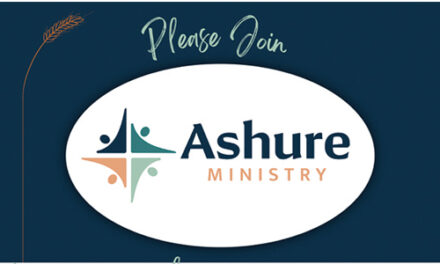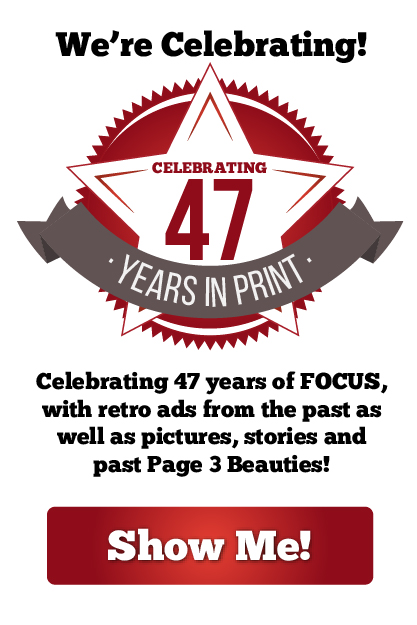Rosman, NC – NOTE: Hickory and the surrounding area will never be in total darkness (“totality”) during Monday’s eclipse. It is dangerous to look directly at the sun during the eclipse without special eclipse glasses. This article explains why.
One of nature’s most amazing spectacles, a total solar eclipse, is headed for parts of Western North Carolina August 21. For most people it will be a once-in-a-lifetime opportunity to witness an awe-inspiring moment, but scientists at PARI (the Pisgah Astronomical Research Institute) warn that the eclipse comes with the possibility of critical eye damage.
“The Sun’s UV radiation can burn the retinas in the eyes, leading to permanent damage,” said PARI President Don Cline. “Fortunately, there are simple and easy ways to view the eclipse in total safety. The easiest way is with specially made solar eclipse eyeglasses. However, you have to be careful that you obtain the glasses from a reputable source. NASA recommends glasses that meet the ISO 12312-2 international standard for such products. Just be careful that the eyeglass lenses are not scratched. If they are, discard them. If you cannot obtain glasses there are a number of online resources that can provide instructions for building a box projector. There are other ways to view the eclipse safely but the important thing to remember is to NEVER look directly at the Sun without proper eye protection.”
Cline added that those who are in the path of totality can briefly remove their eclipse glasses during the exact moment the Moon totally blocks the Sun’s rays. “However,” he said, “keep in mind that totality will only occur in a narrow band approximately 70 miles wide across the U.S. and will last just a very brief time. At PARI, for example, we will experience totality at 2:36 p.m. and it will last 1 minute 47 seconds. Even if you are in an area with 99% totality, the amount of UV radiation coming from the Sun can cause serious eye damage.”
According to NASA, the following should NEVER be used to view a solar eclipse:
sunglasses of any kind
color film
medical X-ray film
smoked glass
Solar eclipse safety reminders include:
Only look directly at the Sun using special-purpose eclipse glasses or filters.
Always inspect your solar filter before use. If scratched or damaged, discard it.
Always supervise children using solar filters.
Stand still and cover your eyes with your eclipse glasses before looking directly at the Sun. After viewing the Sun, turn away and remove the glasses. DO NOT remove the glasses while looking at the Sun.
Even while using eclipse glasses, do not look at the partially-eclipsed Sun through an unfiltered camera, telescope, binoculars or other optical device. The concentrated rays can damage the filter and possibly cause eye damage.
If you are within the path of totality, remove your glasses only when the Moon completely covers the Sun’s face. Experience totality briefly, then replace your glasses before the bright Sun begins to reappear.
The PARI website, www.pari.edu, includes a solar eclipse section with additional details and information (click on Eclipse 2017 from the home page). You can also purchase NASA-approved solar eclipse eyeglasses from the PARI site. For additional information on the eclipse and eye safety, visit the NASA eclipse website, https://eclipse2017.nasa.gov.
About PARI
The Pisgah Astronomical Research Institute (PARI) is a public not-for-profit 501 (c) (3) organization established in 1998. Located in the Pisgah National Forest 30 miles southwest of Asheville, NC, the 200-acre campus is the former site of a historic NASA satellite tracking station. Today, PARI is a science education and research center. The site houses radio and optical telescopes, earth science instruments and the Astronomical Photographic Data Archive. Exhibit galleries display NASA Space Shuttle artifacts and collections of rare meteorites and minerals. PARI provides STEM educational programs at all levels, from K-12 through post-graduate research.
For more information about PARI and its programs, visit www.pari.edu.









